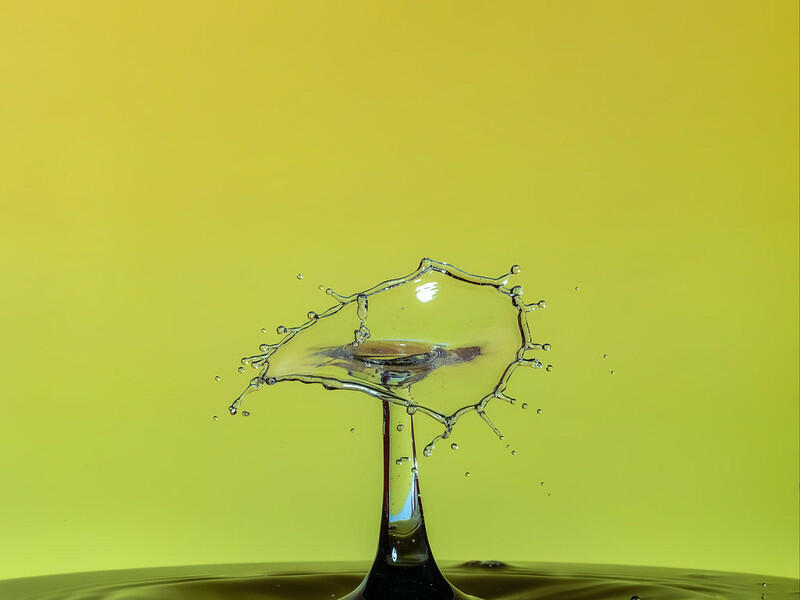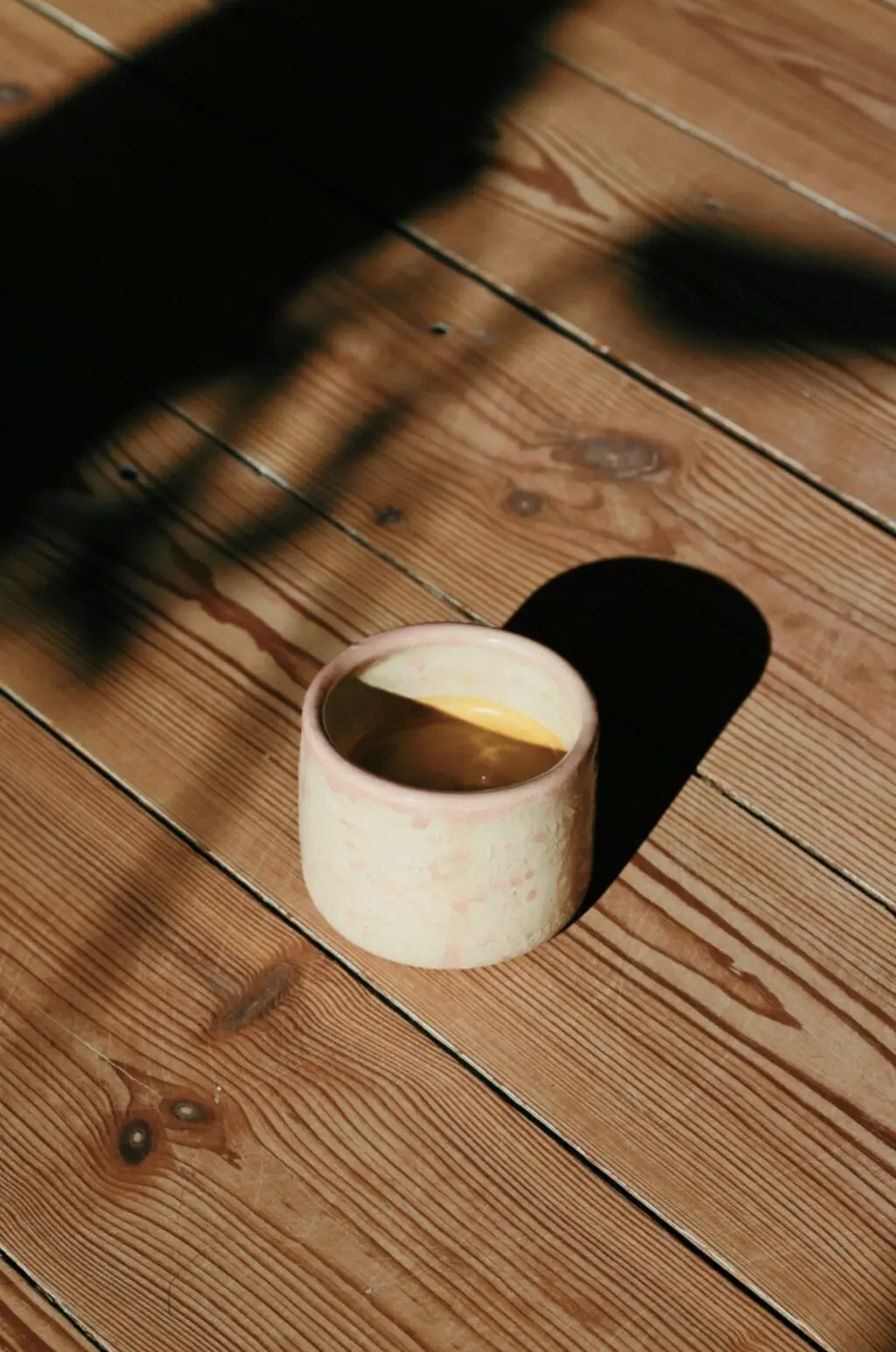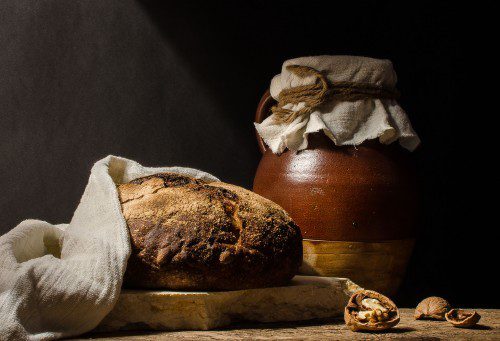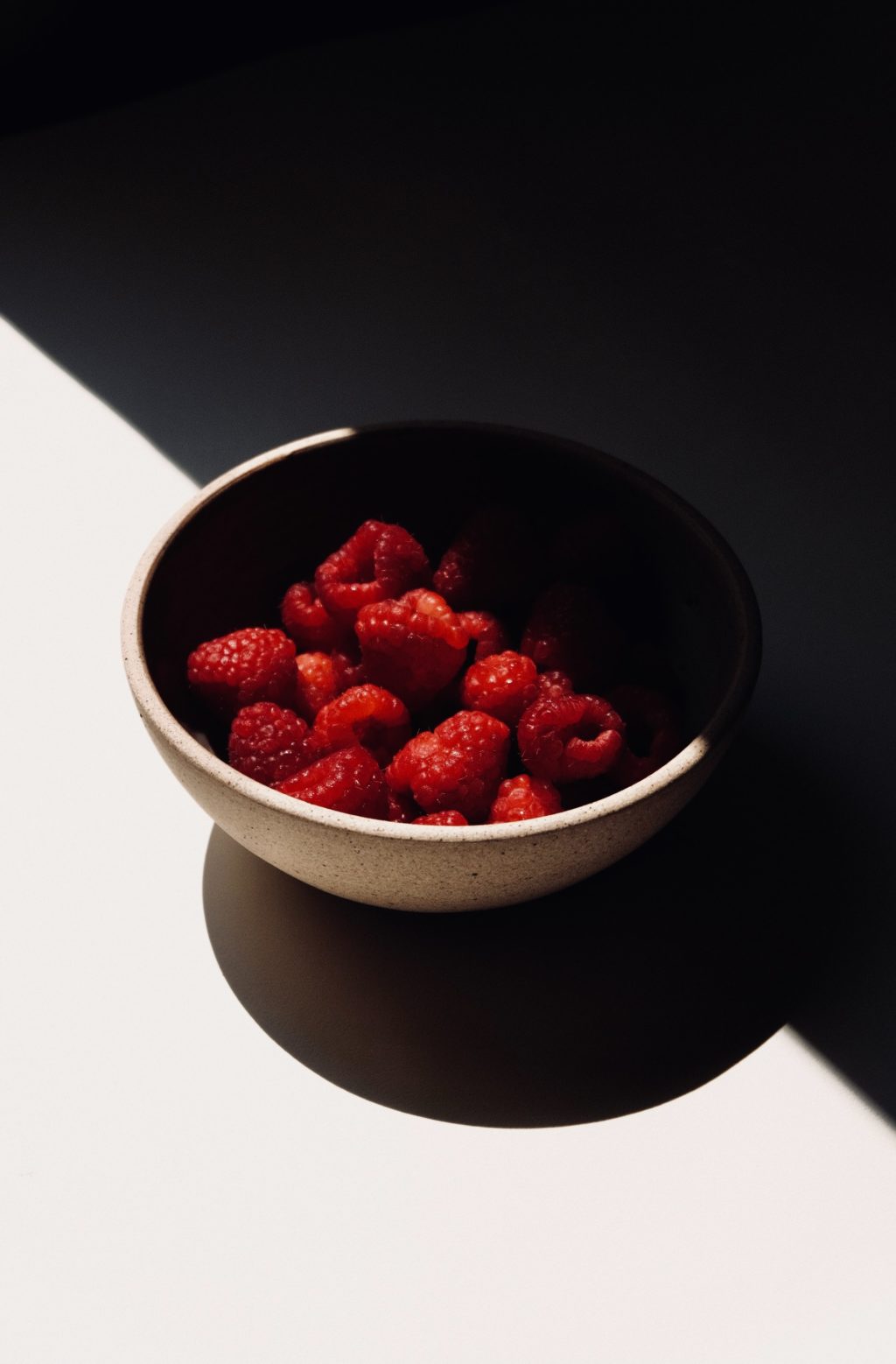In real estate photography, the goal is to portray the indoor locations in the most realistic yet welcoming way possible. For more artistic purposes, however, such as in creating striking images from an indoor location, you can use many other factors to enhance your images.
Why Dynamic Range is Important
When photographing indoor locations under natural light, you will almost always run into issues with the dynamic range. One of the reasons for this is that the camera sensors are limited, even the most advanced ones. They can’t see as wide a spectrum of light and shadows as our eyes can. So if you want to capture the widest dynamic range possible, you would have to go with HDR. This means that you’d have to shoot several exposures and blend them into a single image with much more dynamic range later on in post-process.
Don't let this intimidate you – nowadays, there are software solutions capable of giving you realistic looking HDR images. Lightroom 6 has that feature now, letting you blend several RAW images into a final HDR RAW image, which you can later post-process as a regular image with great benefits in terms of dynamic range. For those that don’t understand dynamic range very well, this simply means that you will have greater shadow and highlights recovery with much less noise. This is because all the information that the original RAW files had is packed into one bigger RAW file, resulting in a cleaner and better-looking image.
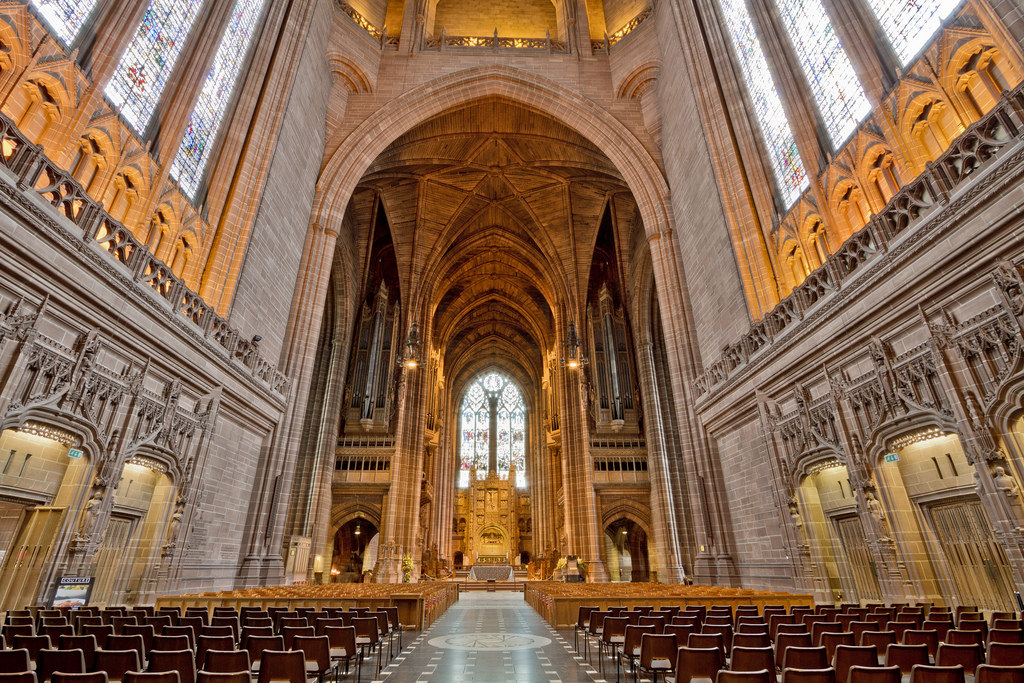
Photo by Michael D Beckwith
When it comes to indoor photography, most issues arise with windows. They almost always get blown out owing to great light differences. That is why I recommend doing HDR in those areas, simply because if you do it right, the result will be much better, much cleaner, and you’ll gain more from it. With speed bursts of five frames per second, you can easily achieve this effect by hand.
How to Use Guiding Lines in Your Compositions
Once you figure out how to manage the light you have to work with, you should next consider the composition. When photographing indoor places (say, cathedrals, for example), there are usually great light variations and large halls. You can use that to your advantage and create guiding lines intended to direct the viewer’s eye towards the point of attention. Wide angle lenses are usually suitable for this because of the distortion they add. Keep in mind that you could create guiding lines using only the architectural lines of the location, but you can also take advantage of light beams (created by windows and dust) to achieve this. These lines should point towards something interesting such as a person. It all depends on the situation, and you as a photographer should be able to evaluate all your options upon arrival, and then be able to utilize them as much as possible.
Photo by https://kevinashphotography.com
The effect of guiding lines can be ruined by light that does the opposite (such as when the lightest point is on the halfway mark). You need to be aware of that, and avoid the trap of assuming you can always just fix it in post.
Should You Use People in Your Interiors?
 Photo by Bill Tyne
Photo by Bill Tyne
Photographers often avoid capturing people in their images of indoor architecture. I don't know why everybody is doing this because I love architectural shots that include one or two human elements, especially if it's snapped at just the right moment. I'm not saying that you must include people in every shot, but I advise against excluding people every time. Think about how that building came into existence and for what purpose. It was built by people and is used by people. People naturally belong in these scenes, so why not reflect that by capturing them in your images? Try to think outside the box. The majority of photographers already know how to shoot a decent indoor architectural photo, but you should strive to rise above the trend and make your work the sort that stands out from the crowd and demands attention.
Be Aware of the Details
Lastly, details are undoubtedly an important aspect of any photograph, as you likely well know. But as far as details relate to indoor photography, I'm not talking about how sharp or clean the image should be. By details, I'm referring to the architectural details – something fascinating that you won’t see anywhere else. Those details in themselves can make a photograph. It doesn’t have to be a wide angle shot all the time – you can grab a telephoto lens and focus on something that's smaller than the whole building but fascinating on its own. There are always some fascinating details hidden somewhere. Search for these like they are buried treasure and try to include several shots of them.
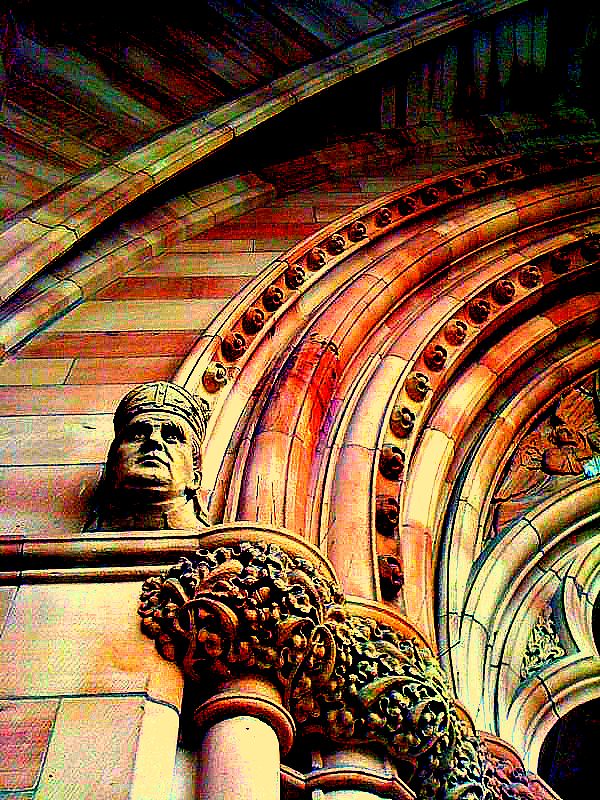
Photo by Les Haines
Differentiate
Well-known sites have had millions of photos taken of them, by now. What can you do to create a special image of a place everyone has already seen time and again?
I once briefly visited Notre Dame with my camera, but it seemed that everywhere I looked I was reminded of a photo already taken by some other photographer. There was nothing I could think of photographing in those ten minutes I had to visit. So I managed to snap a photo of a kid fascinated by the candles, something I’ve never seen shot there. Perhaps it doesn't portray Notre Dame as many know it, but it turned out to be a fresh and decent photo, anyway.
The point is, don’t bother shooting the same things everybody else has already shot. Even if you manage to pull it off a little better, it won’t be as fascinating as it could be. Try instead to photograph something that has never been photographed before.


